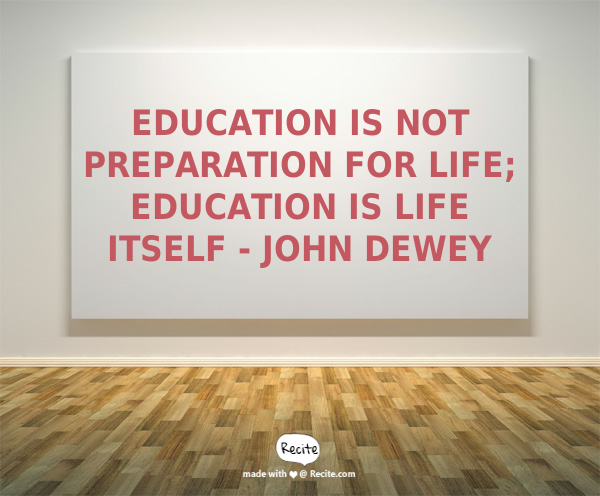Uncategorized
Encouraging a Love of Life Long Learning

The third theme in this course focuses a lot on the guts of the reference section – that which is available for users to support research (Encyclopedias, Biographies, Dictionaries, Almanacs, and databases) and the ways in which these resources have changed over the years in relation to technology and online access. Due to space limitations and budget considerations in schools, switching to digital versions of things like dictionaries, almanacs and encyclopedias can be an attractive option, if not an outright necessity. Rather than paying what would likely be thousands of dollars for one set of encyclopedias, for example, that same amount of money could be used for multiple licenses for an online resource. In terms of accessibility for users, with a digital version multiple users can access the same information at the same time from computers or iPads. It is unlikely a school library resource centre would have the budget to purchase more than one set of encyclopedias for comparable use.
However, though digital may be a more accessible option in optimal circumstances, the reality in a lot of schools is that they don’t have the funding to support the technology required to have a digital collection that is accessible to all students in the school. In my school district, many elementary schools are getting by with desktop computers almost 10 years old, and mobile devices are often only available through fundraising.
Beyond budgetary restrictions, having physical copies of resources can be beneficial in other ways, depending on the type of resource being considered. Riedling (2013) states “Almost every school library can benefit from having a general almanac” (p. 38), and I couldn’t agree more. The topic of almanacs brought up a lot of fond memories for me personally, of finding old copies of the Farmer’s Almanac at my family cottage and leafing through the pages and learning about things I had never considered or heard of. This sort of experience can be extremely transformative for young learners, and can result in a lifelong passion and interest in certain subjects. But even If not an enduring interest, this practice of reading interesting tidbits can instill a love of continuing learning and research in learners, and is something that we risk losing in school libraries if we focus only on digital or more direct information, like that found in directories.
This sort of experience can be extremely transformative for young learners, and can result in a lifelong passion and interest in certain subjects. But even If not an enduring interest, this practice of reading interesting tidbits can instill a love of continuing learning and research in learners, and is something that we risk losing in school libraries if we focus only on digital or more direct information, like that found in directories.
Obviously though, not all online or digital resources fall into this category. The discussion around traditional vs digital encyclopedia is captured excellently in Berinstein’s article Wikipedia and Britannica: The Kid’s All Right (And So’s the Old Man). Both “sides” offer valid perspectives and the message Berinstein leaves us with is that there is room for both in our libraries. One aspect that stands out a lot for me, is the accessibility and representativeness of online resources, like Wikipedia. We are all well versed in the drawbacks of this format, with respect to reliable and valid information, but I think these sorts of resources offer an extremely important opportunity for access to information that may not be covered in traditional encyclopedias, as it relates to marginalized groups or topics.
As educators, we need to remember to always reflect back on our practice to ensure that it is supporting all of our learners, and that we don’t get caught up in new fads, or entrenched in traditional ways of doing things. The key to a vibrant and supportive school library resource centre is finding a balance, being open to change and above all ensuring all of our students can find a place for themselves in the reference section.
References:
Berinstein, P. (2006). Wikipedia and Britannica: The kids alright (and so’s the old man). Retreived from: http://www.infotoday.com/searcher/mar06/berinstein.shtml
Riedling, A. M., Shake, L., & Houston, C. (2013). Reference skills for the school librarian: tools and tips. Santa Barbara, CA: Linworth, an imprint of ABC-CLIO, LLC.